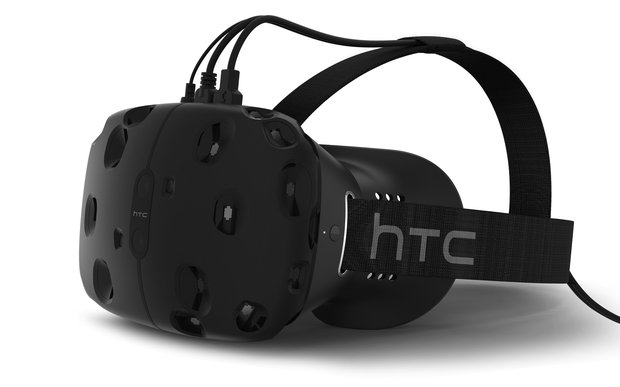Virtual noses may stave off VR motion sickness
Virtual reality is one of the fastest-growing fields in game development and technology, but its advancements have all been shadowed by one problem: it's still a great way to get really nauseous, really fast. But, according to researchers at Purdue, one remedy for "simulator sickness" may be hanging a few feet above your upset stomach. Virtual reality needs noses.
Part of the reason games like Elite: Dangerous work so well in VR is that, even as your ship twirls around in space, your first-person view of the cockpit remains constant. That fixed reference point seems to keep your body (read: stomach) from protesting quite as much as it normally would for seeing, but not feeling, motion.

The "nasum virtualis" is built on the same idea, but instead of a cockpit, it uses that nostrilly thing you're probably looking past as you read this article. Purdue researchers found that subjects who saw a little polygonal nose where they'd expect their real one to be had a significantly better time in VR: they lasted an average of 94.2 seconds longer before getting sick in a low-key exploration simulation, and 2.2 seconds longer in a brief, intense roller coaster sim.
Best of all, the subjects apparently didn't consciously notice that the nose was there - seemingly so familiar that it was instantly (and literally) overlooked - despite the big difference it made to their level of comfort with VR.

Up until now, most of the virtual reality motion sickness remedies I've heard have sounded like they were being read off the box for a TV set: better latency, faster refresh rates, higher resolution. Meanwhile, Valve has put forward improved positional tracking as a big part of the solution. It makes sense that the tech junkies behind this VR resurgence would look to these places first - if they create a solid technological foundation then everybody else can build on that.
And now, as more folks get their hands on the technology, it's exciting to see forehead-smacking common-sense solutions like "why not add a nose?" to thorny old problems emerge. As much fun as it is to pump up resolutions and shear off input lag, there's plenty to be gained from thinking less about the device itself, and more about the person wearing it.
Weekly digests, tales from the communities you love, and more
I got a BA in journalism from Central Michigan University - though the best education I received there was from CM Life, its student-run newspaper. Long before that, I started pursuing my degree in video games by bugging my older brother to let me play Zelda on the Super Nintendo. I've previously been a news intern for GameSpot, a news writer for CVG, and now I'm a staff writer here at GamesRadar.



